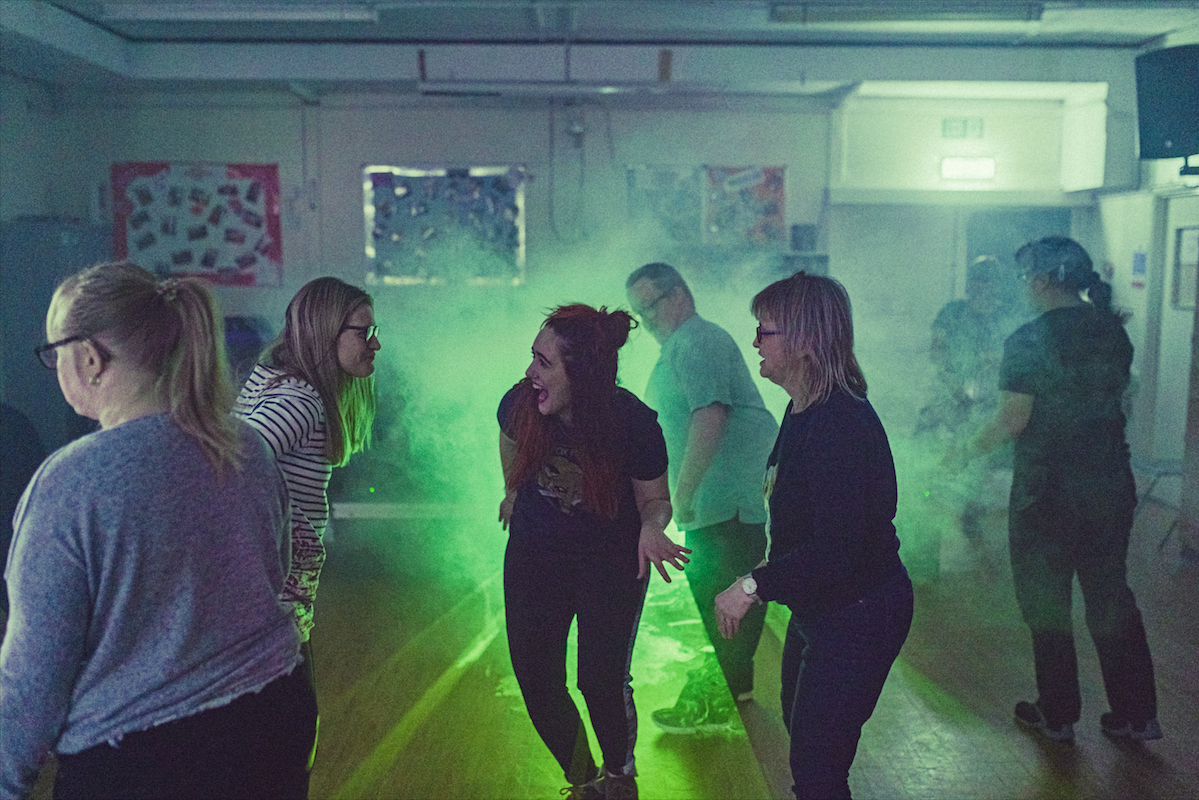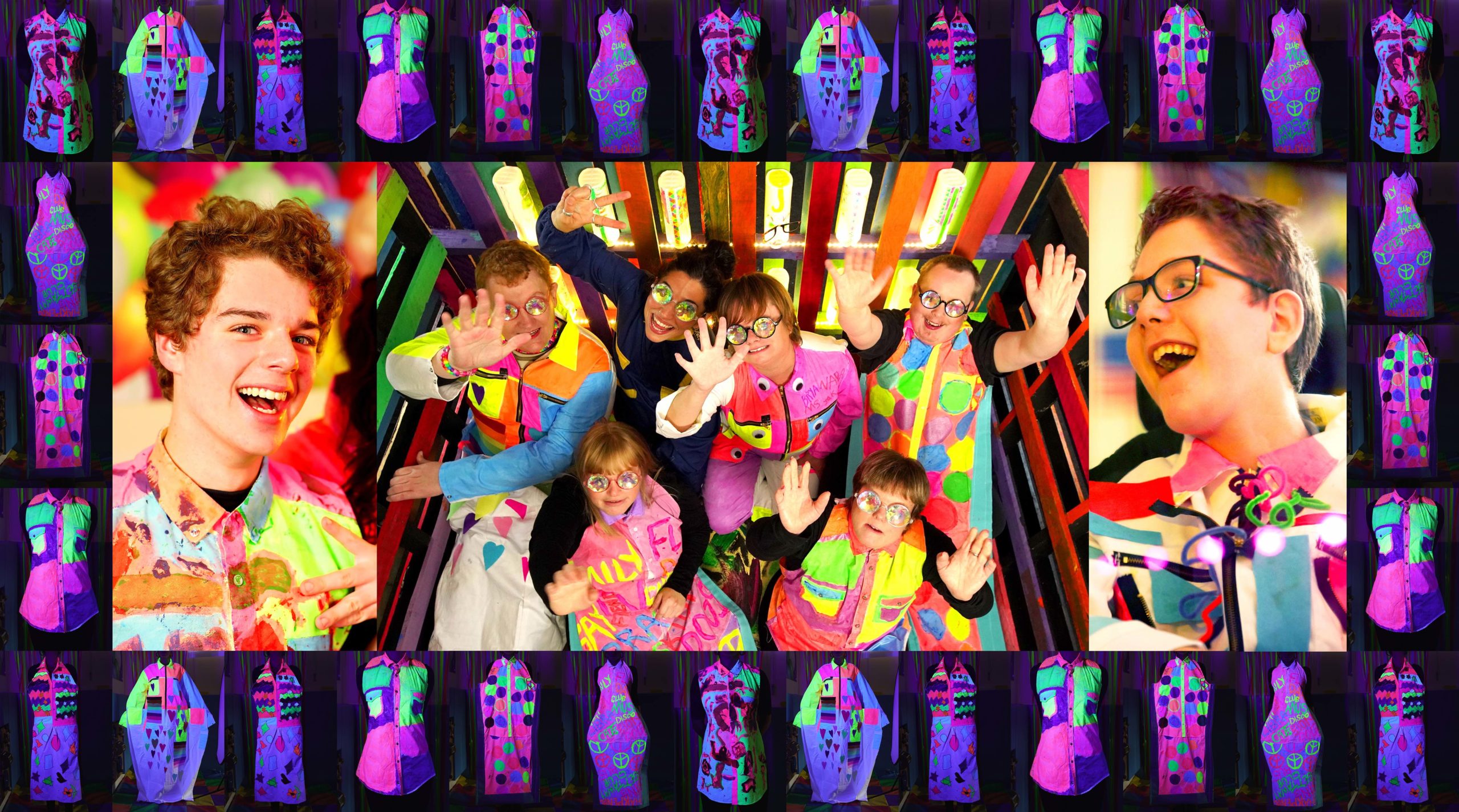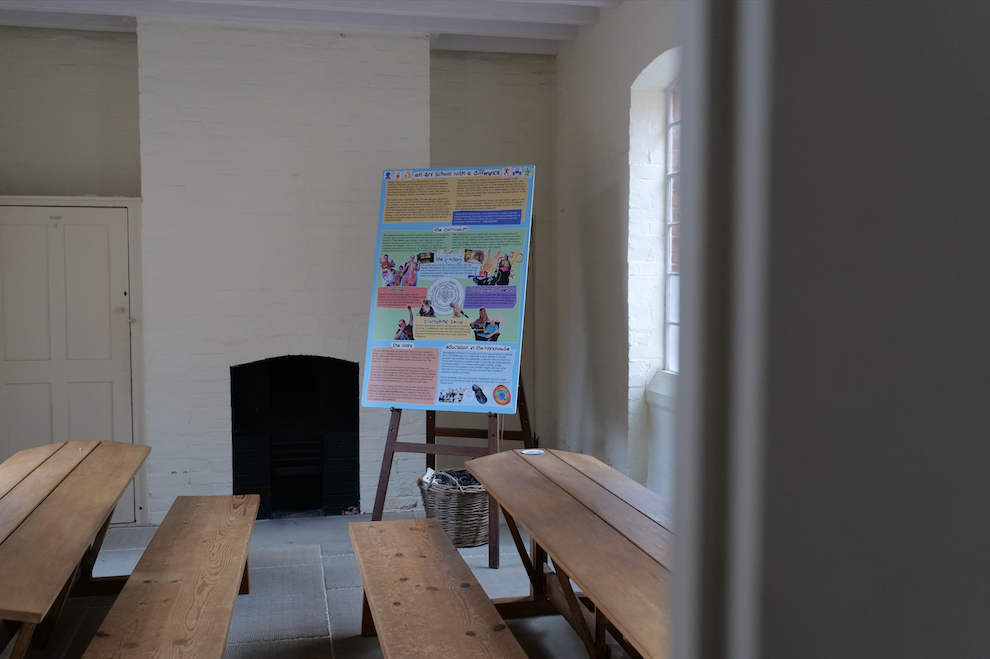Do It Different Movement Project
The Do It Different projects evolved from The Factory alternative art school and were shaped by the diverse sensory experiences of the neuro and mobility diverse tutor/ collaborators involved.
I invited Imogen and Amelia from Level to collaborate on the Movement project.
Imogen, and Amelia brought Level’s interactive experience Surface to each of the children’s homes and to Nottingham Mencap. The documentation film above was made by Tommy Chavannes and featured in the Do It Different exhibition.
Collaborative Creatives
– Imogen and Amelia from Level
– Tommy Chavannes
Do it Different
As 2019- 20 National Trust Creative Fellow at The Workhouse, Southwell I devised and ran a year-long commission in collaboration with over 200 neuro and mobility diverse children, young people and adults.
The Factory alternative art school
I built the Factory alternative art school at The Workhouse, which evolved co-creatively over the course of 12 months. The school existed across 4 sites (inside two children’s homes, at Nottingham Mencap and at The Workhouse).
Everyone involved shaped the structure, process and outcomes as both a tutor and creative collaborator.
Do It Different curriculum and work
The Do It Different curriculum responded to the unique sensory, communication and movement styles of everyone involved and was characterised by free imaginative exploration. It informed three Do It Different Projects that explored movement, sound and textiles and also shaped The Factory space which housed paintings, sculptures textiles work and performances.
The title, Do It Different, was coined by one of the tutor/collaborators.
The school and projects evolved into the Do It Different exhibition, Do It Different website, Do It Different arts trail and Casual Terms film.

The Workhouse context
By foregrounding and developing collaborative structures that challenged conformity and hierarchy, the art school intentionally broke the rules and routines of The Workhouse past.
Do It Different in the future
By highlighting and breaking from historic structures and practices that inform our educational, creative and social care institutions today, Do It Different also asks us to consider how these institutions can evolve more progressively in the future.















